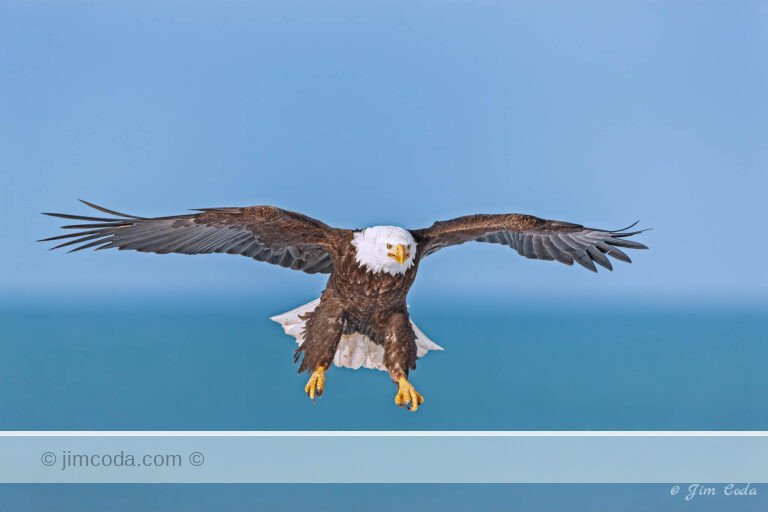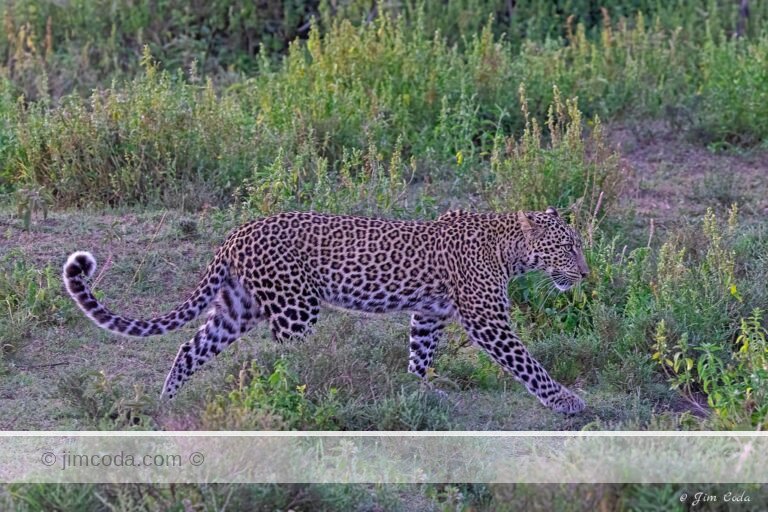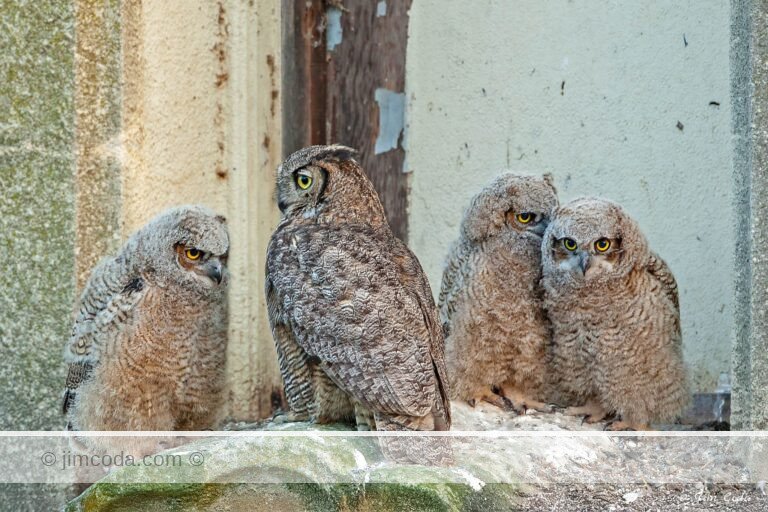Tag: elk calf
Here’s another elk calf too young to keep up with its mom. It’s better hidden than the last...
An elk calf that is less than a day old rests near its mother along the Madison River A pair of coyotes...
A day-old elk calf rests on a rocky slope above the Madison River. My favorite time to be in Yellowstone...
Elk Calf near Mammoth. If only every subject had a nice background.
Barbed Wire Fence Is 56 Inches High, Not the Preferred 40 Inches
On January 15 I wrote about a new fence...
An elk calf looks at the camera.
My favorite time of year to be in Yellowstone is now. To be more specific,...
Newborn Elk Calf along the Madison River
I apologize to those who have followed my blog for not having...
No articles found
Load More Articles
Loading...
Prints for sale
Browse my selection of photos for sale as fine art prints
Filter by category
Sorry, no prints in this category









